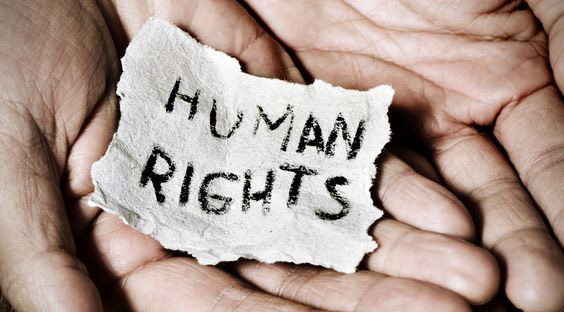- Latest report by UNFPA delves into practices that routinely harm women and girls globally
- Says change is possible within 10 years by scaling up efforts to keep girls in school longer
Every year millions of girls are subjected to practices that routinely harm them both physically and emotionally with the full knowledge and consent of their families, friends and communities, the State of World Population 2020 report by the United Nations Populations Fund (UNFPA) has concluded.
Titled “Against my Will – Defying the Practices that harm Women and Girls and undermine Equality” and released early this month, the report focuses on three most prevalent human rights violations against girls – female genital mutilation, child marriage and extreme bias against daughters in favour of sons.
The report highlights that an estimated 4.1 million girls will be subjected to female genital mutilation this year alone and notes that 33 000 girls under the age of 18 will be forced into marriage, usually to much older men. Also, an extreme and continuing preference for sons over daughters in some countries has fuelled gender-biased sex selection or extreme neglect that leads to girls’ death as children, resulting in what amounts to around 140 million “missing females,” the report continues.
In the report, UNFPA Executive Director, Dr Natalia Kanem, says governments must meet their obligation to protect girls and women from harm. Human rights treaties, such as the Convention on the Rights of the Child, direct governments to “take all effective and appropriate measures with a view to abolishing traditional practices prejudicial to the health of the children”.
Getting to zero may prove difficult, but Karem says it is achievable. Afterall, some harmful practices have persisted over centuries yet change will and must come. Perhaps the first step in changing attitudes and social norms is educating parents about the consequences harmful practices have for their daughters and about the benefits that accrue to families and communities when girls are healthy and empowered, and their rights are respected.
“Armed with knowledge, backed by international human rights agreements, and buoyed by new commitments by governments and civil society, we have the power to defy the forces that perpetuate harm and to realise a world where every woman and girl is free to chart her own future,” Karem says.
The report says girls and women who are taught that their bodies exist primarily for the pleasure of, or control by, men are also less likely to know their rights. From a human rights perspective, the violations accrue on multiple fronts, denying rights to equality and non-discrimination, security and autonomy in decision-making. Also denied can be rights to sexual and reproductive health and education, and opportunities to work and thrive in life.
While some of these harms are difficult to measure empirically, they are nonetheless human rights violations because they arise from discriminatory gender norms that perpetuate inequality. And they are imposed on women and girls, regardless of consent, the report states.
The harm caused can be immediate and long-term, physical and psychological. A girl subjected to female genital mutilation at first faces severe pain and risk of infection, haemorrhage and even death. A girl forced into an early marriage will in many cases drop out of school, dashing prospects for later earnings and autonomy. She may find herself socially isolated and prone to depression. And unlike a boy in an early marriage, she may get pregnant whether she wants to or not, and before her body is ready, leading to a host of risks and consequences for her and her baby.
Where there is son preference, another harmful practice operates as sex selection favouring boys may occur before birth or later on may translate into shorter breastfeeding times for girls, poorer nutrition, inadequate schooling and fewer inoculations. By adulthood, this can leave women less equipped in terms of education, employment, political rights and family status.
Son preference has led to gross imbalances in the number of men and women, so much so that large numbers of men may be unable to find and have children. This may intensify the risk of violence against women, fuel human trafficking and increase women’s vulnerabilities to other forms of harm. But above all, son preference and its many manifestations perpetuates negative attitudes towards women and girls and in turn drives further harm.
The report highlights how an extreme preference for sons over daughters in some countries has fuelled gender-biased sex selection or extreme neglect that leads to their death as children, resulting in 140 million “missing females.” In fact, the number of “missing women” has more than doubled over the past 50 years from 61 million in 1970 to a cumulative 142.6 million in 2020. Of these, India accounted for 45.8 million missing females as of 2020 and China accounted for 72.3 million.
The report says ending child marriage and female genital mutilation worldwide is possible within 10 years by scaling up efforts to keep girls in school longer and teaching them life skills and to engage men and boys in social change. Investments totalling USD3.4 billion a year through 2030 would end these two harmful practices and end the suffering of an estimated 84 million girls, it said.

